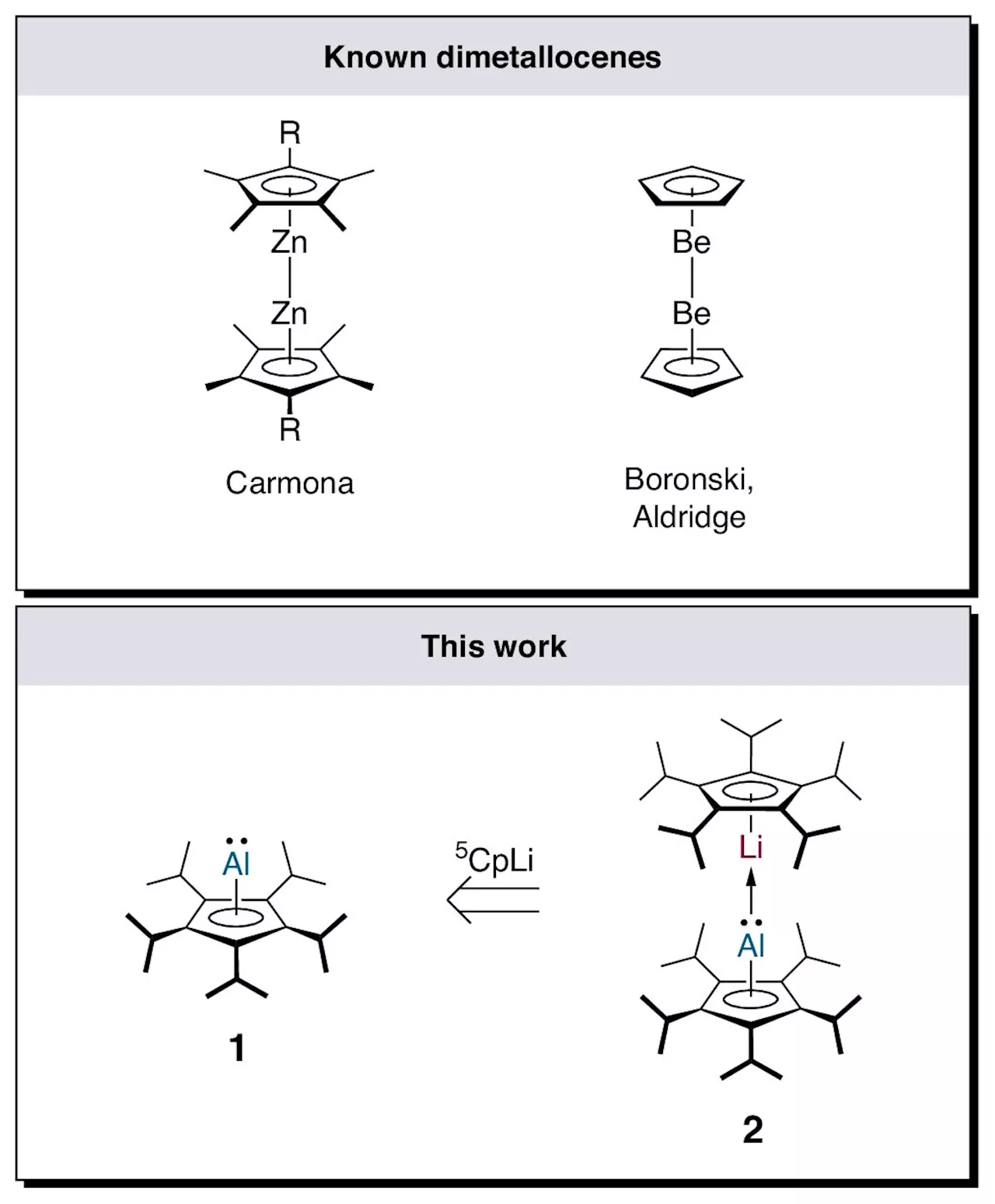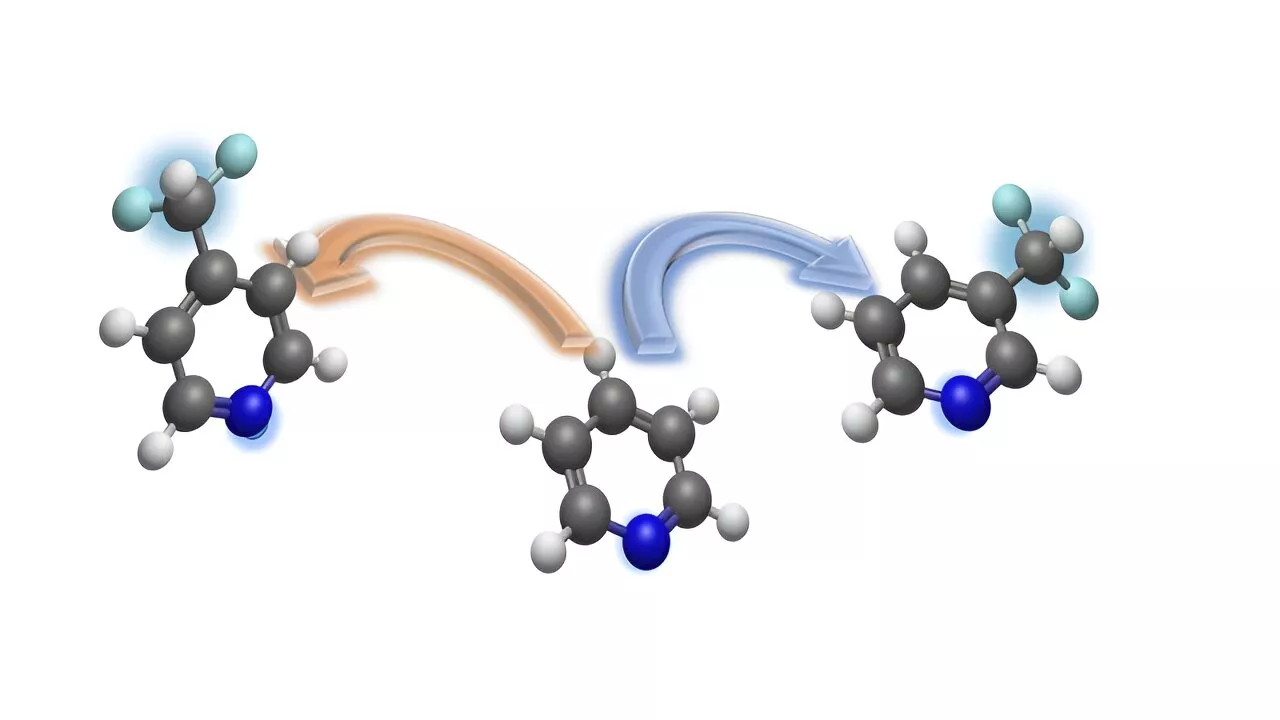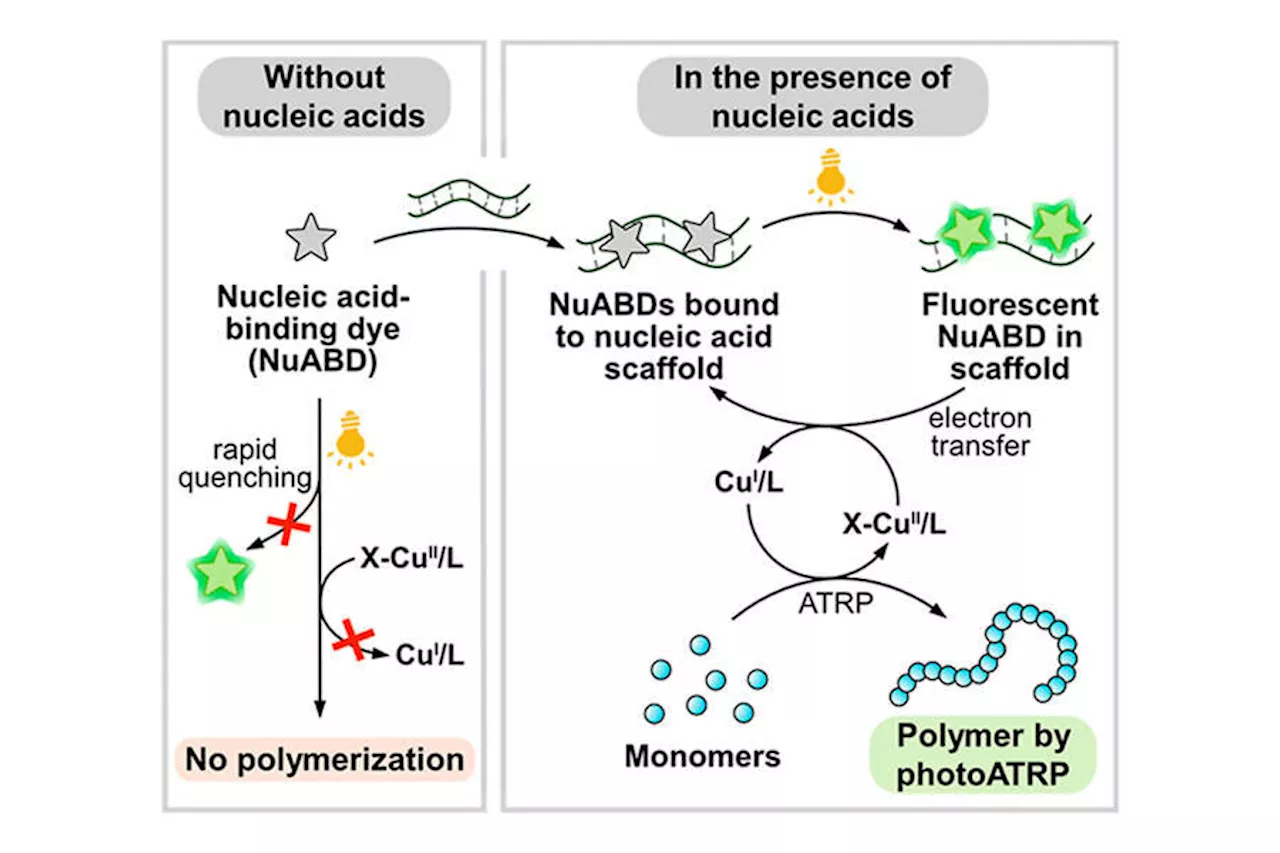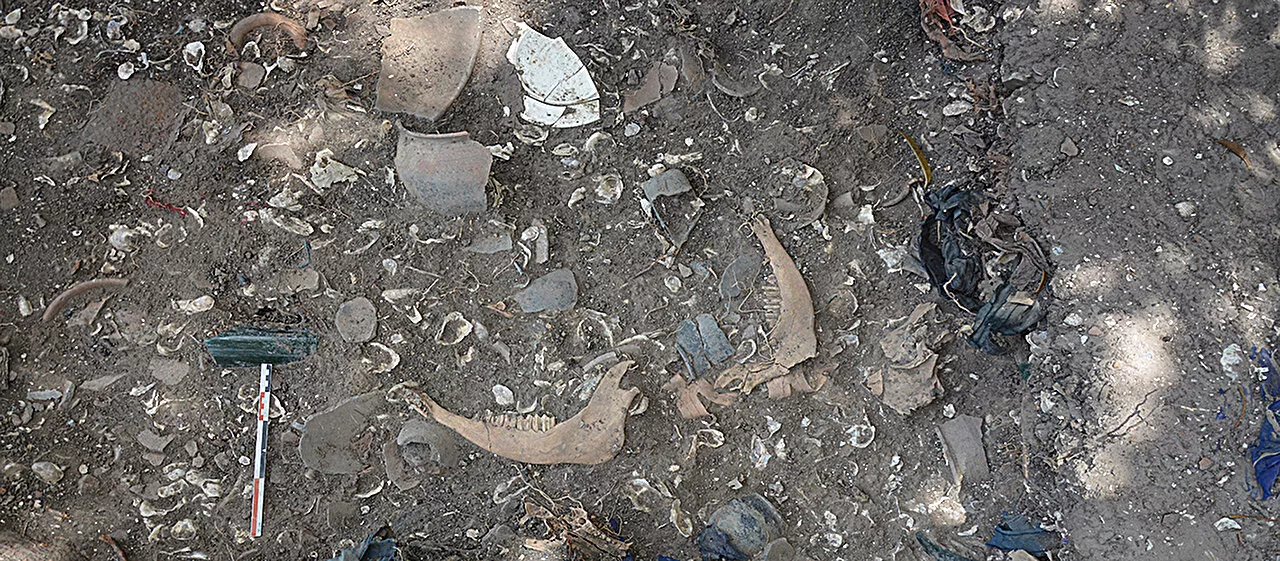The research aimed to understand and recreate the striking yellow, black and blue-green color palette used in this sacred fiber art.
The Chilkat robes in the Alaska State Museum collections feature formline faces woven with yarn. The historic ceremonial garments combines once-vibrant yellows that have softened with age with warm black-browns and striking blues and greens.
The blonde inner bark of the Western hemlock is packed with a chemical called tannins, which produces a deep, reddish brown dye when applied to yarn. Dip that dyed yarn in a solution of copper or iron and it transforms into a rich black. Lily Hope dyes with Deb O’Gara and Kay Field Parker during a collaboration at the Alaska State Museum.
Blue has always been considered one of the hardest dye colors to make, but today’s weavers are exploring the possibility of making blue from chocolate lilies or a local mushroom called the bleeding tooth fungus, even as the formal dye research is wrapping up. The blues were not the only synthetic dyes in the historic weavings. Many garments wove natural-dyed yarns and synthetic-dyed yarns together. Chemical analysis reveals that synthetic blues were sometimes overdyed with natural yellows to create unique blue-greens.
Chilkat Dye Working Group Chilkat Robes Chilkat Weaving Ellen Carrlee Lily Hope Portland State University Sheldon Jackson Museum Wooshkindein Da.Áat Lily Hope
Canada Latest News, Canada Headlines
Similar News:You can also read news stories similar to this one that we have collected from other news sources.
 Chemists succeed in synthesizing a molecule first predicted 20 years agoThe first and the best-known metallocene is 'ferrocene,' which contains a single iron atom. Today, sandwich complexes can be found in many inorganic chemistry textbooks, and the bonding and electronic structure of metallocenes is taught in undergraduate chemistry lecture courses.
Chemists succeed in synthesizing a molecule first predicted 20 years agoThe first and the best-known metallocene is 'ferrocene,' which contains a single iron atom. Today, sandwich complexes can be found in many inorganic chemistry textbooks, and the bonding and electronic structure of metallocenes is taught in undergraduate chemistry lecture courses.
Read more »
 Chemists develop new method for making gamma chiral centers on simple carboxylic acidsScripps Research chemists have accomplished a long-elusive feat in synthetic chemistry: the invention of a broadly useful method for constructing 'gamma chiral centers' on simple starting compounds called carboxylic acids.
Chemists develop new method for making gamma chiral centers on simple carboxylic acidsScripps Research chemists have accomplished a long-elusive feat in synthetic chemistry: the invention of a broadly useful method for constructing 'gamma chiral centers' on simple starting compounds called carboxylic acids.
Read more »
 Chemists develop new method for introducing fluorinated components into moleculesA team of chemists at the University of Münster has developed a synthesis method for the site-selective integration of the biologically relevant difluoromethyl group into pyridines.
Chemists develop new method for introducing fluorinated components into moleculesA team of chemists at the University of Münster has developed a synthesis method for the site-selective integration of the biologically relevant difluoromethyl group into pyridines.
Read more »
 Chemists use nucleic acid binding dyes as photocatalysts for a popular polymerization methodResearchers in Carnegie Mellon University's Department of Chemistry have developed a nucleic-acid-based photocatalyst that can precisely control atom transfer radical polymerization (ATRP), a popular method used to generate a wide range of materials with highly specific, tailored functionalities.
Chemists use nucleic acid binding dyes as photocatalysts for a popular polymerization methodResearchers in Carnegie Mellon University's Department of Chemistry have developed a nucleic-acid-based photocatalyst that can precisely control atom transfer radical polymerization (ATRP), a popular method used to generate a wide range of materials with highly specific, tailored functionalities.
Read more »
 Chemists, biologists, archaeologists: Who will unearth the recipes of our ancestors?Using a new multidisciplinary approach, a team from UNIGE and CNRS has retraced the food practices of a Senegalese village. This method will be useful for other archaeological research.
Chemists, biologists, archaeologists: Who will unearth the recipes of our ancestors?Using a new multidisciplinary approach, a team from UNIGE and CNRS has retraced the food practices of a Senegalese village. This method will be useful for other archaeological research.
Read more »
 Chemists Discover How Platinum Catalysts Assemble and Disassemble ThemselvesScience, Space and Technology News 2024
Chemists Discover How Platinum Catalysts Assemble and Disassemble ThemselvesScience, Space and Technology News 2024
Read more »
